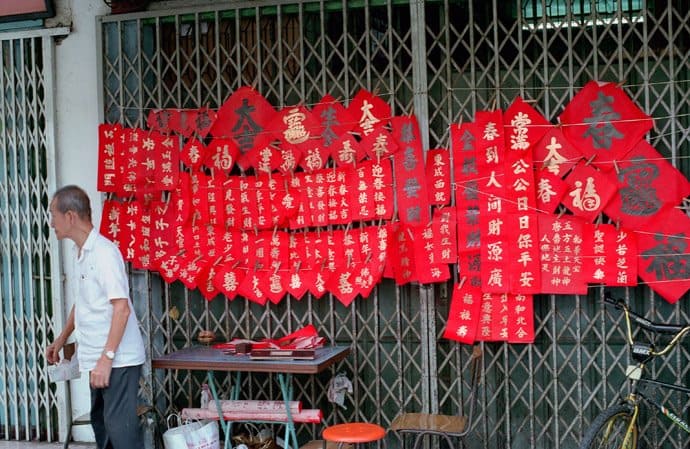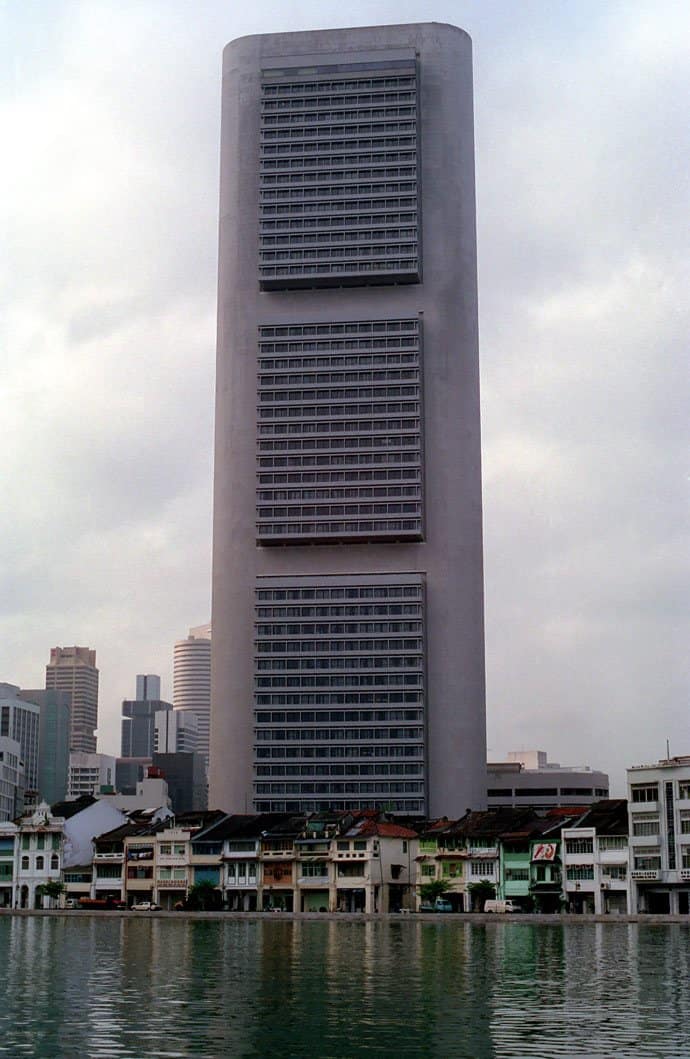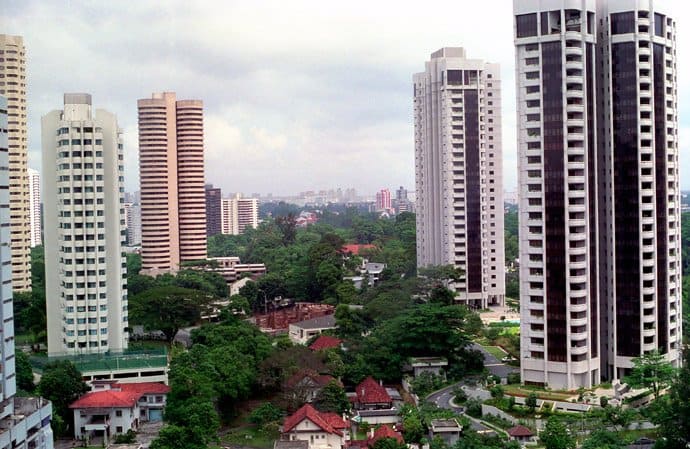Singapore
The Southeast Asian island state off the southern tip of the Malacca peninsula consists of the island of Singapore (573 km²) and about fifty smaller islands with a total area of 45 km². However, these areas increase from year to year, as new land is gained through landfills in the sea.
The main island of Timah Hill, up to 177 m high, is connected to the Malay Peninsula by a 1200 m long causeway across the Strait of Johor, which provides road and rail links to the mainland and also contains water pipelines. The surface of the main island is shallow and criss-crossed by a branched water network. The city of Singapore occupies about 100 square kilometers of land on the southern part of the island.
The tropical rainforest, which originally covered much of the island, has been largely destroyed by heavy population. Foreign visitors often come across clichés in Singapore: some call the island praising Switzerland for its cleanliness in Southeast Asia. Others dismissively call the totally organized and tightly controlled dwarf state “Nation 1984” alluding to George Orwell’s novel. Still others see Singapore as a totally westernized entity, as a kind of Asian Houston or Vancouver, because of its wide streets and bold highway viaducts, its skyscrapers, and its countless American-style fast food chains.
Historians state the founding of modern Singapore in 1819, when British East India Company Envoy Stamford Raffles (1781-1826) landed on the island, which at that time was inhabited by a few fishing families. Raffles acquired the island to build a British port there to protect the British possessions in Southeast Asia and as an antipole to the Dutch presence in Malacca. With this decision he laid the foundation for the development of Singapore.
The strategically-built British naval base became a major international trading port over the years. In 1867, Singapore, which since 1824 encompassed the entire island, was appointed British Crown Colony. After being released to independence in 1963, the island nation, whose port is now one of the largest in the world, had to pass several tests. A few years, more precisely 1963-1965, the island formed part of the Federation of Malaysia.
The merger with the resource-rich neighbor was based on the conviction that Singapore by itself had no chance of survival, that a port without a hinterland was completely useless. But the integration of the resource-less port city – Singapore even has to import its drinking water from Malaysia – failed because of political differences. In 1965, Singapore left the federation to start a new life as a sovereign state. As soon as the young nation was reasonably organized, London ordered the closure of its fleet base in Singapore.
The port city lost one of its most important employers. Thousands were threatened with a jobless future, and for many observers the British naval withdrawal from Singapore sealed the downfall of the young island nation. But Singapore’s government was not impressed by these gloomy prophecies. Trusting in the will to survive and the power of the people, the government launched an ambitious industrialization program that brought foreign capital and technical know-how to Singapore. This enabled the creation of much needed new jobs.
In return, the government made generous tax concessions to foreign corporations. With comprehensive new laws, it secured political stability, a relaxed labor market, and harmony among the various ethnic groups of the island nation. Modern Singapore is proof that the founding fathers’ bill came to fruition. The Singapore-based People’s Action Party (PAP), which has been in power since 1959, transformed what was once a run-down port city, in which banditry, corruption,
Drug trafficking and prostitution, into an internationally recognized Asian center of modern technology and finance, where the vices of the past have been reduced to a minimum. Officially, the government has set itself the goal of achieving a standard of living comparable to Switzerland in Singapore.
A favorite word of the rulers is called “Excellence”. Singapore is to become an excellent state, a nation that, on the basis of its collective urge to survive, makes every effort to stay ahead of its resource-rich and populous neighbors both economically and technically.














